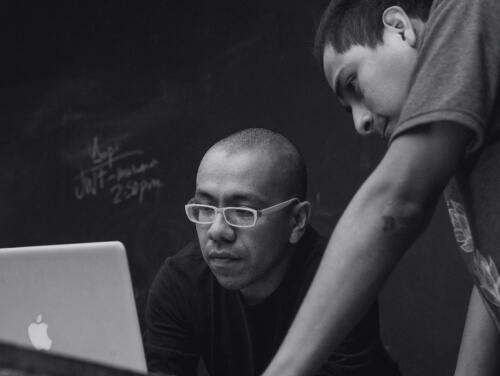Open Source First
We believe the best tools are built in the open. Harmony Proxy is MIT licensed, and we contribute upstream to projects we depend on.
We're a team of engineers who got tired of building the same integration patterns over and over. So we built Runbeam to turn complex data connections into simple, reliable solutions that just work.
It started with a familiar problem: connecting a legacy hospital system to modern cloud infrastructure. What should have been a straightforward integration turned into months of custom middleware, brittle connections, and midnight debugging sessions.
We realized the healthcare industry wasn't unique—every sector struggles with data silos, incompatible APIs, and the complexity of modern integration patterns. The tools existed, but they were either too expensive, too complex, or too closed to adapt to real-world requirements.

We believe the best tools are built in the open. Harmony Proxy is MIT licensed, and we contribute upstream to projects we depend on.
Integration shouldn't require a PhD in distributed systems. Our tools work the way developers expect them to work.
We build for the real world where systems fail, networks are slow, and data is messy. Reliability isn't optional.
The best solutions come from the people using them daily. We listen, contribute, and build together.
Every line of code we write starts with a real problem. We build solutions we'd want to use, then share them with the community that helped us identify the problem in the first place.
Harmony Proxy began as an internal tool to solve healthcare integration challenges. Today it's an open-source foundation that powers data connections across industries, with contributions from developers around the world.
The full Runbeam platform is our vision for what integration could look like— but Harmony Proxy is our commitment to what integration should be: open, accessible, and built for developers.



Whether you're contributing code, reporting bugs, or sharing your integration challenges, you're part of making data connectivity better for everyone.